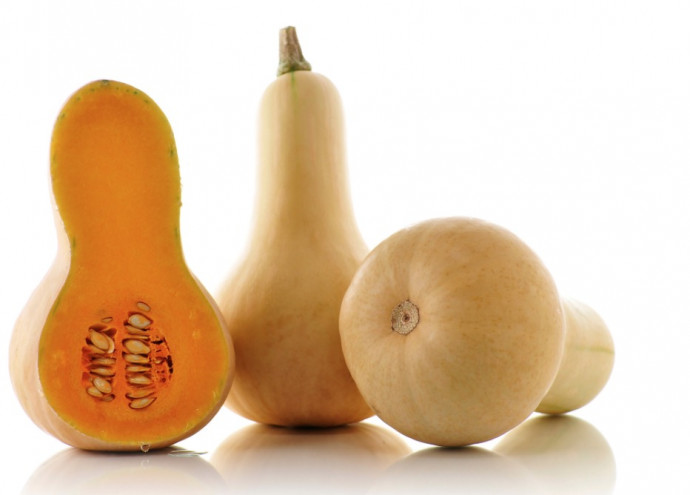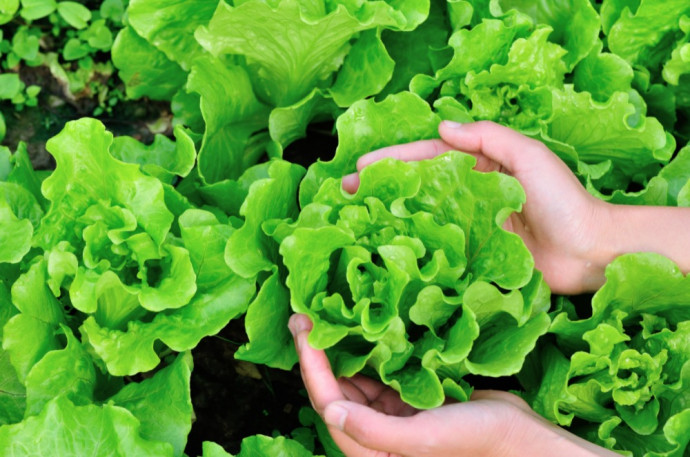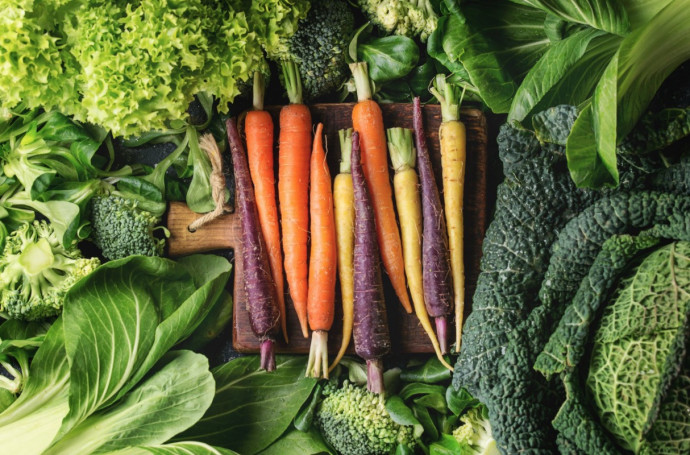Squash

Two or three icicle radishes planted in each hill will help prevent insects on squash as on cucumbers. Let the radishes grow and go to seed. Nasturtiums will repel squash bugs and so will cigarette ash and other tobacco residue if placed with the seed when it is planted. Squash planted either earlier or later than usual often will escape insect damage.
Early in the day, before the sun is strong, squash stinkbugs are sluggish, and in the small garden may be picked off. There also are insect-resistant strains of squash.
Sweet Pepper

The main requirements of sweet peppers are surprisingly like those of basil, so plant them together. Sweet peppers also grow well with okra, and since they are very brittle plants, the okra, growing taller, serves as a windbreak.
Leek

Leek is one of the “heavy feeders” and should be planted in soil well fertilized with rotted manure. Leeks are usually sold in the grocery store with the root still attached. I once bought several bunches and planted them; they grew well and propagated, and I’ve had leeks ever since. Leeks are good plants to grow with celery and onions, and also are benefited by carrots. Returning the favor, leeks repel carrot flies.
Kale

This cool-weather crop is fine to grow in the fall garden, and it will stand most average winters if given a little protection.
Kale does well in the same rows as late cabbage or potatoes. If planted about the first of August following late beans or peas, it will continue to grow until a hard freeze. A light freeze does not hurt it and even improves its flavor.
Wild mustard and kale are sometimes a problem in oat fields. Rolling is the best method of control. It should be practiced early in the morning while the plants are still wet with dew. The springy oats will pop back up again, but the mustard or kale will be broken.
Lettuce

In spring, I usually keep a supply of small lettuce plants growing in cold frames. When I pull every other green onion for table use, I pop in lettuce plants. They will aid the onions, and the compost in the onion row will still be in good supply for the lettuce to feed on, while the onion will repel any rabbits.
Lettuce grows well with strawberries, cucumbers, and carrots, and it has long been considered good to team with carrots and radishes. Radishes grown with lettuce in summer are particularly succulent.
Lettuce needs cool weather and ample moisture to make its best growth, and I find that the seed will not germinate in very hot weather. Already-started lettuce should have some summer shade.
Pea

For large crops, treat pea and bean seed with a natural bacterial agent available under various brand names from garden centers and seed catalogs. Peas grow well with carrots, turnips, radishes, cucumbers, corn, beans, and potatoes, as well as many aromatic herbs. They do not grow well with onions, garlic, and gladiolus.
Always plow pea vines under or return them to the compost pile. Wood ashes used around the base of pea vines help to control aphids.
Parsley

Parsley mixed with carrot seed helps to repel carrot flies by its masking aroma. It protects roses against rose beetles. Planted with tomatoes or with asparagus, it will give added vigor to both.
Poultry are sometimes turned loose at intervals in parsley patches where there are many parsley worms, which are the larvae of the black swallowtail butterfly.
A number of different strains of parsley are grown solely for the fleshy roots, which are cooked and eaten in the same way as parsnips.
Spinach

Because of its saponin content, spinach is a useful pre-crop and does well planted with strawberries.
Watermelon

Watermelons are perfect to be planted together with potatoes, particularly if the potatoes are mulched with straw. The hybrid seedless watermelons, which set no pollen, will produce better if planted with a good pollinator such as ‘Sugar Baby’. Watermelons need plenty of sunshine, so do not plant them with or next to tall-growing vegetables.










